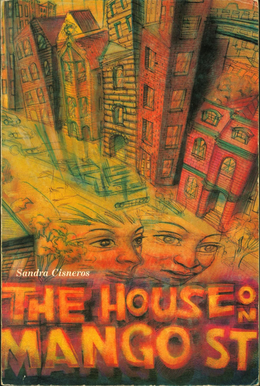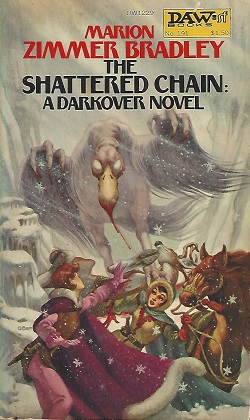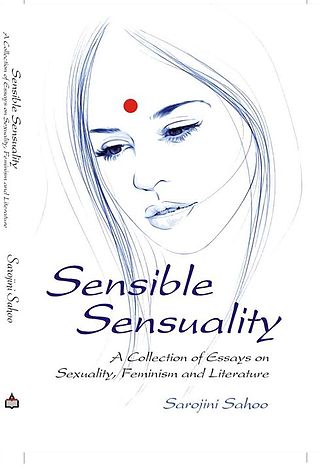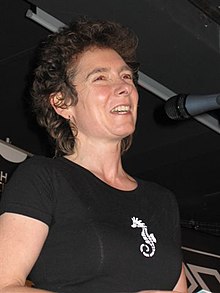
Jeanette Winterson is an English author.
"Lipstick lesbian" is slang for a lesbian who exhibits a greater amount of feminine gender attributes, such as wearing make-up, dresses or skirts, and having other characteristics associated with feminine women. In popular usage, the term is also used to characterize the feminine gender expression of bisexual women, or the broader topic of female–female sexual activity among feminine women.

Tipping the Velvet (1998) is a historical novel by Sarah Waters; it is her debut novel. Set in England during the 1890s, it tells a coming of age story about a young woman named Nan who falls in love with a male impersonator, follows her to London, and finds various ways to support herself as she journeys through the city. The picaresque plot elements have prompted scholars and reviewers to compare it to similar British urban adventure stories written by Charles Dickens and Daniel Defoe.

The Female Man is a feminist science fiction novel by American writer Joanna Russ. It was originally written in 1970 and first published in 1975 by Bantam Books. Russ was an ardent feminist and challenged sexist views during the 1970s with her novels, short stories, and nonfiction works. These works include We Who Are About To..., "When It Changed", and What Are We Fighting For?: Sex, Race, Class, and the Future of Feminism.

Oranges Are Not the Only Fruit is a novel by Jeanette Winterson published in 1985 by Pandora Press. It is a coming-of-age story about a lesbian who grows up in an English Pentecostal community. Key themes of the book include transition from youth to adulthood, complex family relationships, same-sex relationships, organised religion and the concept of faith.

The House on Mango Street is a 1984 novel by Mexican-American author Sandra Cisneros. Structured as a series of vignettes, it tells the story of Esperanza Cordero, a 12-year-old Chicana girl growing up in the Hispanic quarter of Chicago. Based in part on Cisneros's own experience, the novel follows Esperanza over the span of one year in her life, as she enters adolescence and begins to face the realities of life as a young woman in a poor and patriarchal community. Elements of the Mexican-American culture and themes of social class, race, sexuality, identity, and gender are interwoven throughout the novel.

The Shattered Chain is a novel by American writer Marion Zimmer Bradley, part of her Darkover series. In terms of the Darkover timeline, The Shattered Chain takes place about ten years before Thendara House.

"The Twelve Dancing Princesses" is a German fairy tale collected by the Brothers Grimm and published in Grimm's Fairy Tales in 1815. It is of Aarne-Thompson type 306.
Janice G. Raymond is an American lesbian radical feminist and professor emerita of women's studies and medical ethics at the University of Massachusetts Amherst. She is known for her work against violence, sexual exploitation, and medical abuse of women, and for her controversial work denouncing transsexuality and the transgender rights movement.

The World and Other Places is a collection of short stories by Jeanette Winterson O.B.E in the style of postmodernism.
Gender has been an important theme explored in speculative fiction. The genres that make up speculative fiction (SF), science fiction, fantasy, supernatural fiction, horror, superhero fiction, science fantasy and related genres, have always offered the opportunity for writers to explore social conventions, including gender, gender roles, and beliefs about gender. Like all literary forms, the science fiction genre reflects the popular perceptions of the eras in which individual creators were writing; and those creators' responses to gender stereotypes and gender roles.

Lesbian literature is a subgenre of literature addressing lesbian themes. It includes poetry, plays, fiction addressing lesbian characters, and non-fiction about lesbian-interest topics.

Great Moments in Aviation is a 1994 British romantic drama film set on a 1950s passenger liner. The film follows Gabriel Angel, a young Caribbean aviator who falls in love with the forger Duncan Stewart on her journey to England. Stewart is pursued by his nemesis Rex Goodyear, and the group are supported by Dr Angela Bead and Miss Gwendolyn Quim, retired missionaries who become lovers during the voyage.
Audrey Bilger is the 16th and current president of Reed College. She is former vice president and dean of the college at Pomona College and previously was a professor of literature and faculty director of the Center for Writing and Public Discourse at Claremont McKenna College.

Sensible and Sensuality is a collection of essay by Indian feminist writer Sarojini Sahoo. Published in 2010, the book contains the author's view on feminism. Sahoo is a key figure and trend-setter of feminism in contemporary Indian literature. She has been listed among 25 exceptional women of India by Kindle English magazine of Kolkata. For Sahoo, feminism is not a "gender problem" or confrontational attack on male hegemony and, as such, differs from the feminist views of Virginia Woolf or Judith Butler.

In feminist theory, the male gaze is the act of depicting women and the world in the visual arts and in literature from a masculine, heterosexual perspective that presents and represents women as sexual objects for the pleasure of the heterosexual male viewer. In the visual and aesthetic presentations of narrative cinema, the male gaze has three perspectives: that of the man behind the camera, that of the male characters within the film's cinematic representations; and that of the spectator gazing at the image.
In storytelling, the heroine's journey is a female-centric version of the hero's journey template developed and inspired by various authors who felt that the Hero's Journey did not fully encompass the journey that a female protagonist goes through in a story.

Maiden & Princess is a 2019 picture book written in rhyming verse by Daniel Haack and Isabel Galupo and illustrated by Becca Human. The story, described in some press outlets as a lesbian fairy tale, concerns a maiden attending a ball centered on finding a wife for the prince; at the ball, the maiden instead falls in love with his sister, the princess.

Red Jordan Arobateau was an American author, playwright, poet and painter. Largely self-publishing over 80 literary works—often with autofictional elements—Arobateau was one of the most prolific writers of street lit, and a proponent of transgender and lesbian erotica.
















